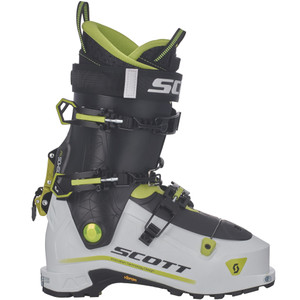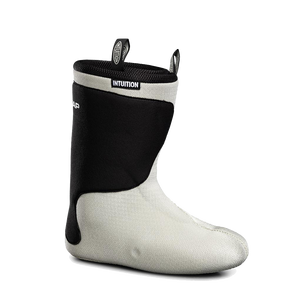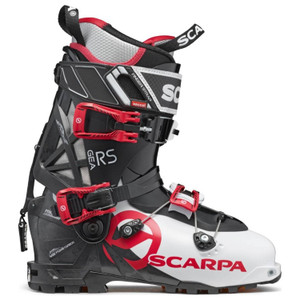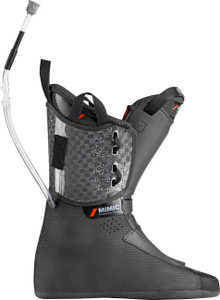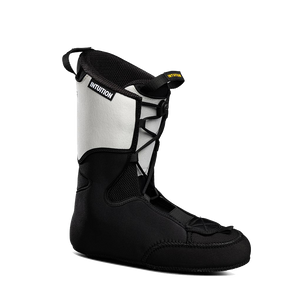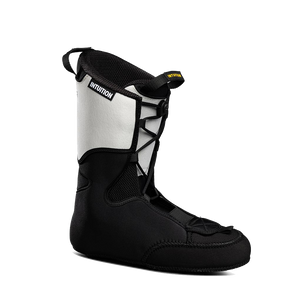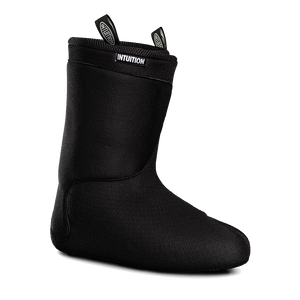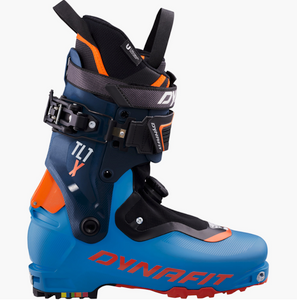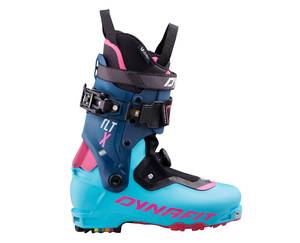Touring Boots
Ski touring boots are specialized boots designed for backcountry skiing, where you ascend and descend mountainous terrain without relying on ski lifts. They are different from traditional alpine ski boots in several important ways to accommodate both the uphill climb and downhill skiing. Here's a breakdown of what makes ski touring boots unique:
Key Features of Ski Touring Boots:
-
Walk Mode / Ski Mode:
-
Walk Mode: When you're climbing uphill, ski touring boots have a "walk mode" that allows the cuff of the boot to pivot freely, offering flexibility and allowing you to walk or ski with a natural stride. This is essential for efficient climbing.
-
Ski Mode: Once you reach the top and you're ready to descend, you can lock the boot into "ski mode," which secures the boot cuff for better support and control during the downhill.
-
-
Lightweight Design:
-
Ski touring boots are generally lighter than traditional alpine boots because you need to carry your weight uphill. This reduction in weight makes it easier to climb, especially when doing longer ascents or multi-day tours.
-
-
Bindings Compatibility:
-
Ski touring boots are designed to work with touring bindings (often called "tech" bindings or "pin bindings"). These bindings are different from standard alpine ski bindings, using a pin system that connects the boot to the binding. This setup allows the heel to lift for climbing but locks in for descending.
-
-
Climbing Skins:
-
While not part of the boot itself, climbing skins are often used with ski touring boots. These are attached to the bottom of your skis to provide grip when you’re climbing uphill, preventing you from sliding backward.
-
-
Cuff Flex and Range of Motion:
-
Ski touring boots have a high range of motion in the cuff to allow for a more natural walking or skiing motion when you're going uphill. Some boots can offer up to 60° of flex, which helps with efficient ascents and reduces strain on your legs.
-
-
Downhill Performance:
-
Though they are designed for climbing, ski touring boots still need to provide solid downhill performance. They have features like a stiff sole and reinforced cuffs to give you control when skiing downhill. However, they tend to be less stiff than alpine boots because they must strike a balance between climbing comfort and skiing performance.
-
-
Comfort and Fit:
-
Touring boots usually have heat-moldable liners that conform to your foot, offering a custom fit and greater comfort. A snug fit is important for both comfort on long climbs and for power transmission when skiing downhill.
-
Touring boots often have fewer buckles or straps than alpine boots to reduce weight and make them easier to adjust while you’re on the move.
-
Types of Ski Touring Boots:
-
Lightweight Touring Boots:
-
These boots prioritize weight savings and climbing efficiency. They are great for long days or multi-day tours where the ascent is just as important as the descent. The downside is that they tend to be softer and may not offer the best downhill performance for aggressive skiing.
-
-
Freeride Touring Boots:
-
These boots are designed for skiers who want to tackle both the climb and steep, technical descents. They are stiffer, providing more support and control for downhill skiing, but they are also heavier than lightweight boots.
-
-
Hybrid Touring Boots:
-
These boots offer a balance between uphill mobility and downhill performance. They are versatile, offering decent comfort and control on both the climb and descent, making them suitable for skiers who do a bit of everything.
-
Summary:
Ski touring boots are built to optimize the uphill experience without compromising too much on downhill performance. They’re lightweight, have a flexible cuff for climbing, and are designed to work with specialized bindings. If you plan to ski in the backcountry, they are essential for navigating untracked snow while providing the comfort and support you need for both ascent and descent.
Are you planning to try ski touring, or are you looking for specific recommendations? Let us know if you'd like suggestions based on your preferences!



